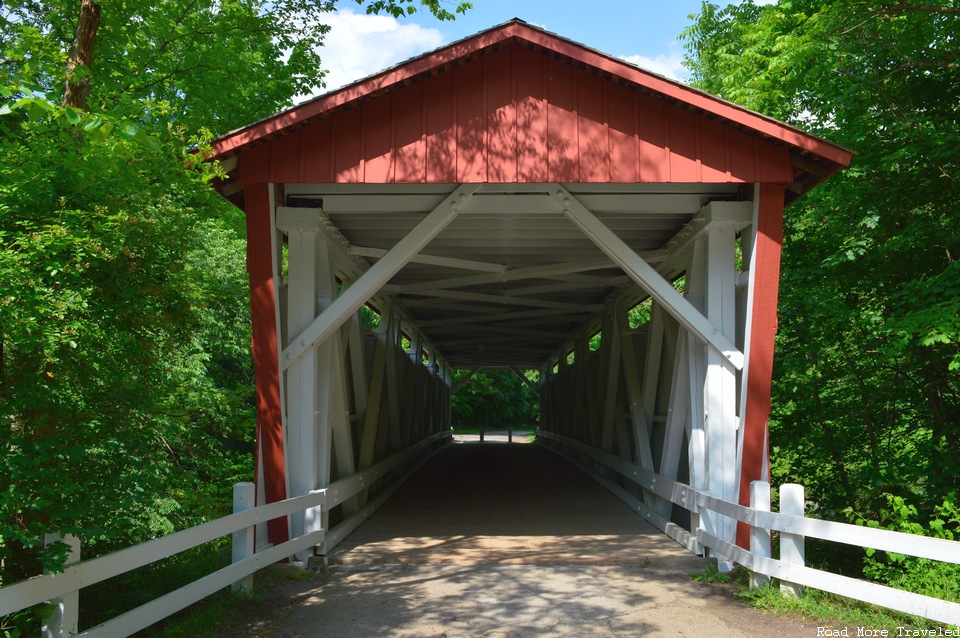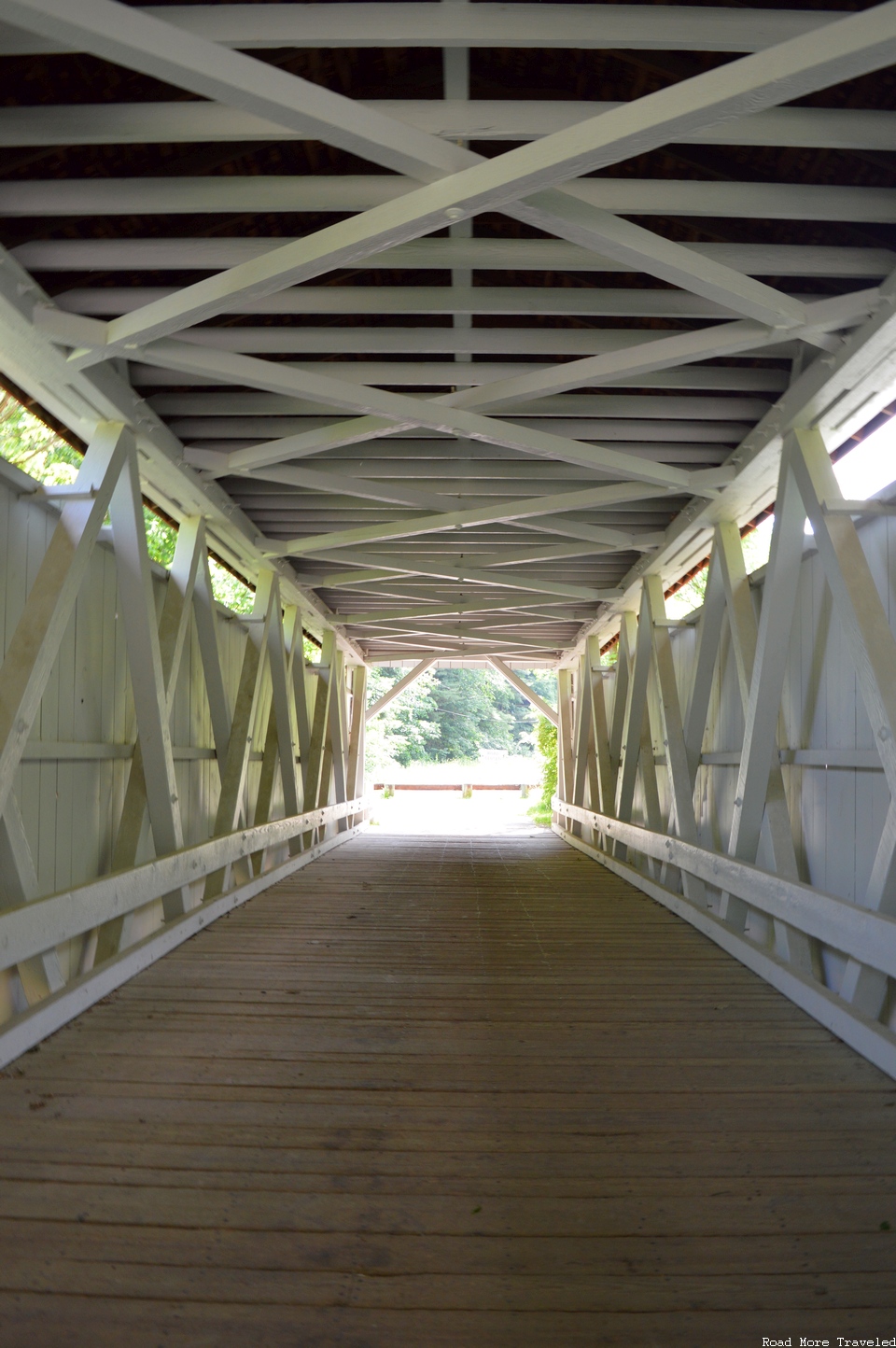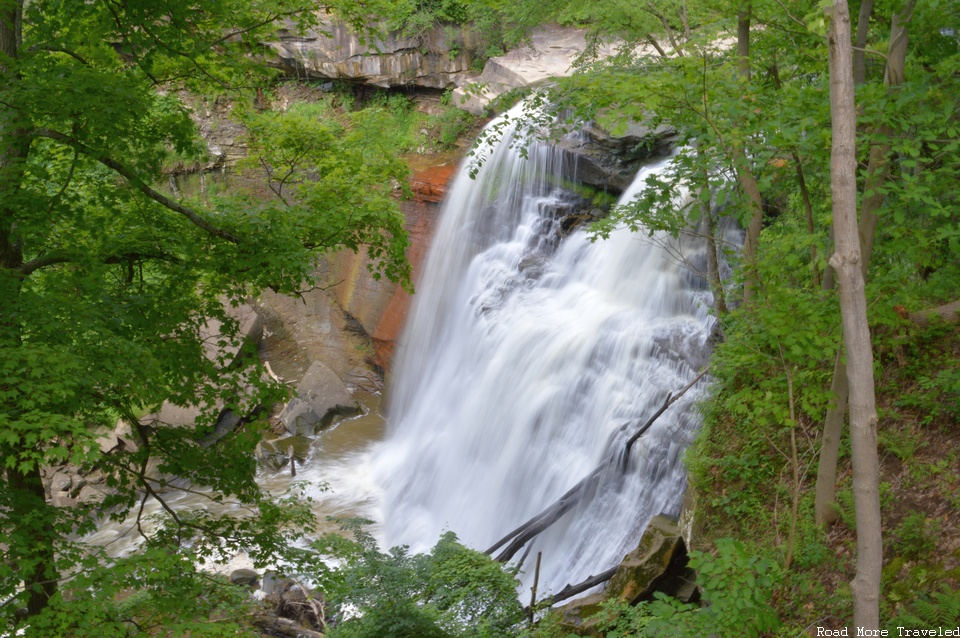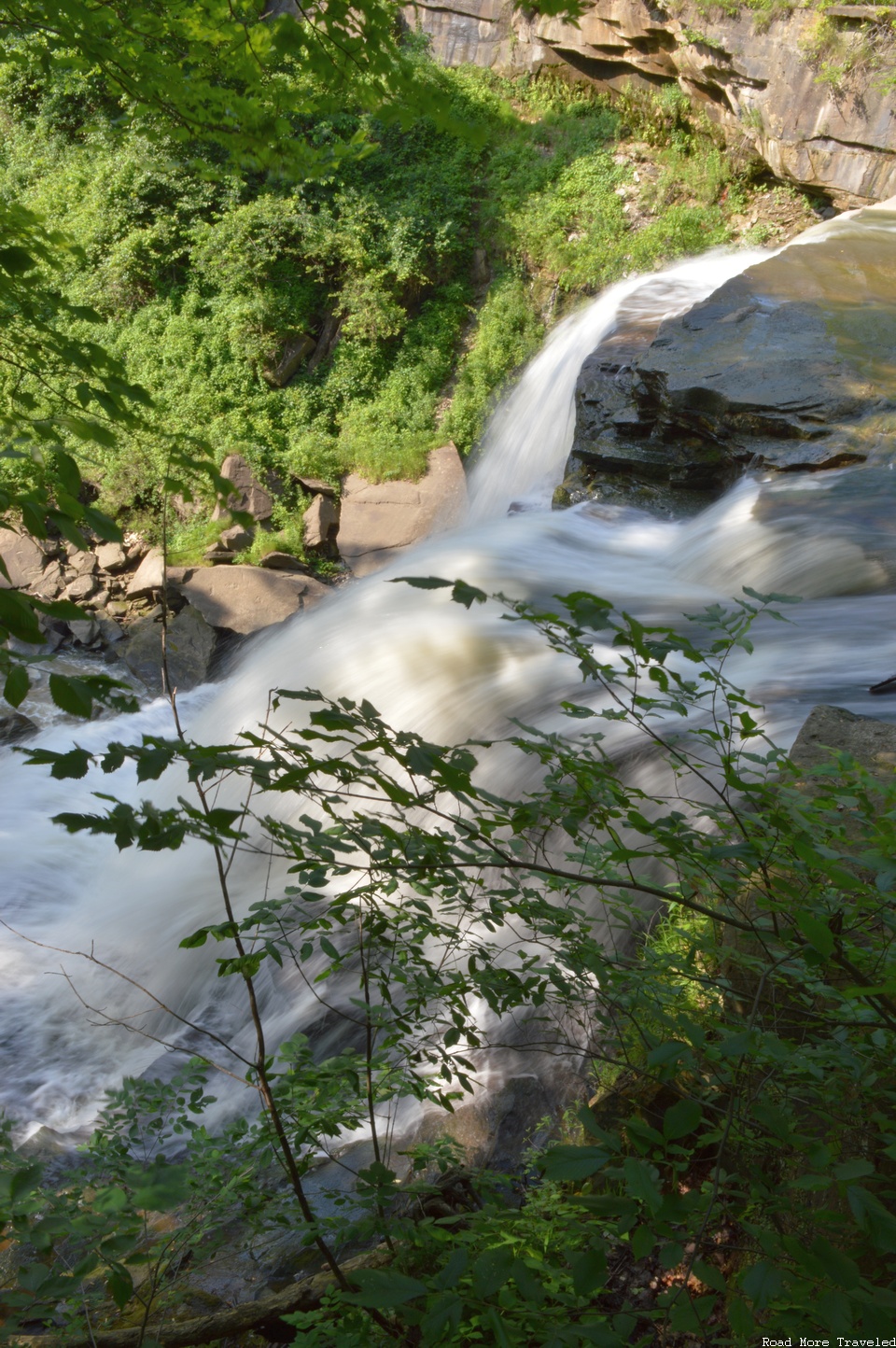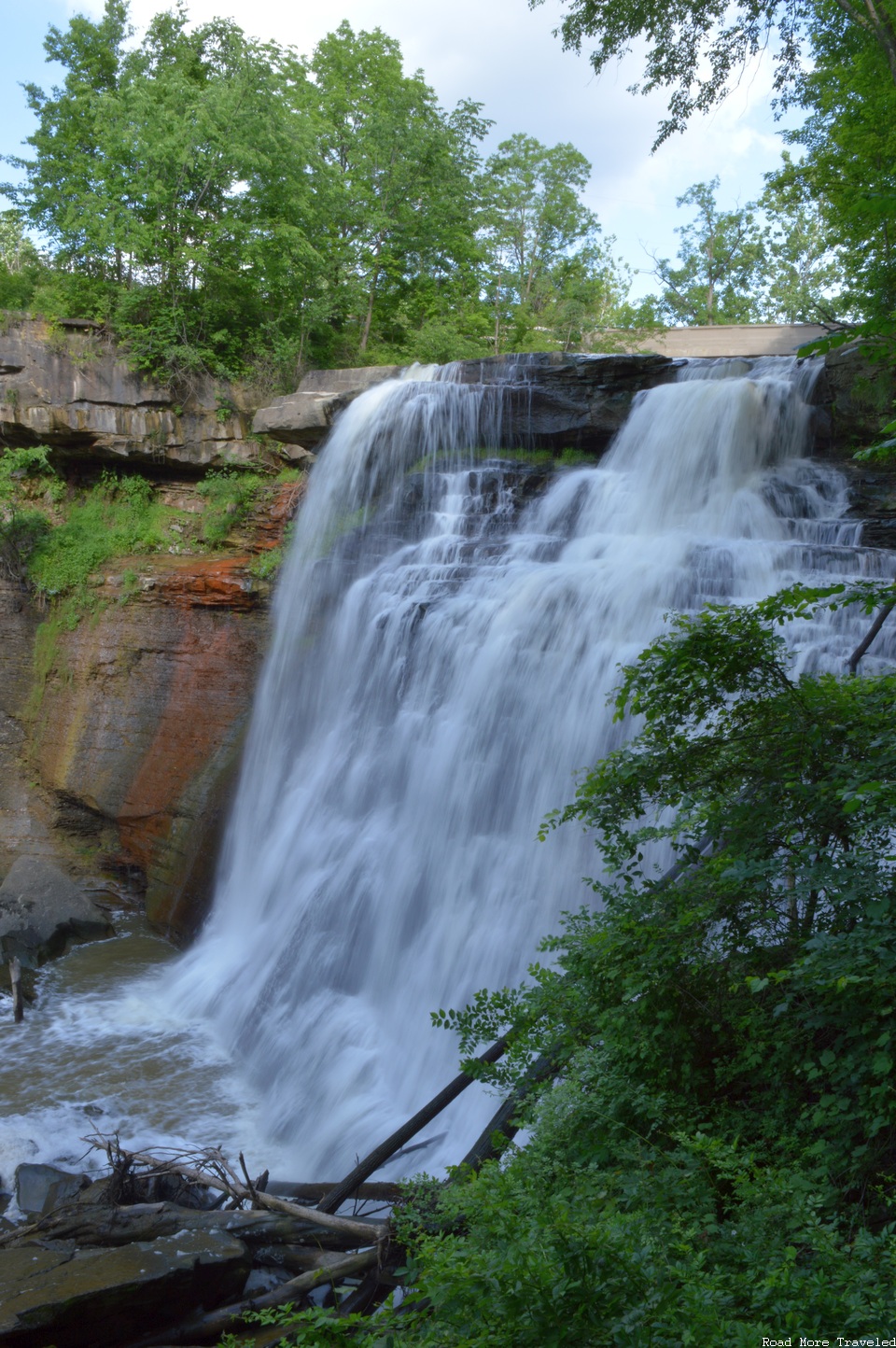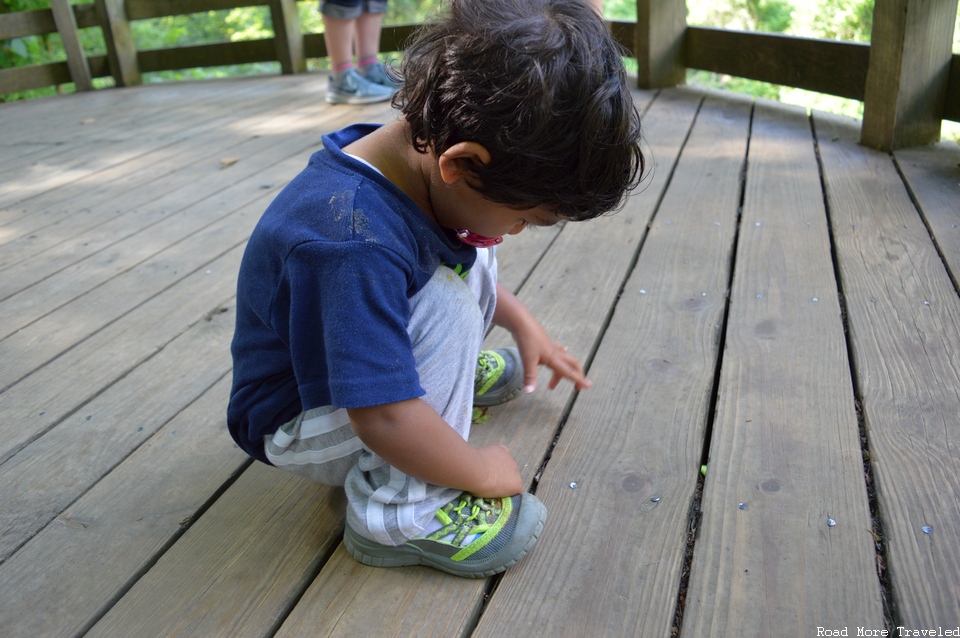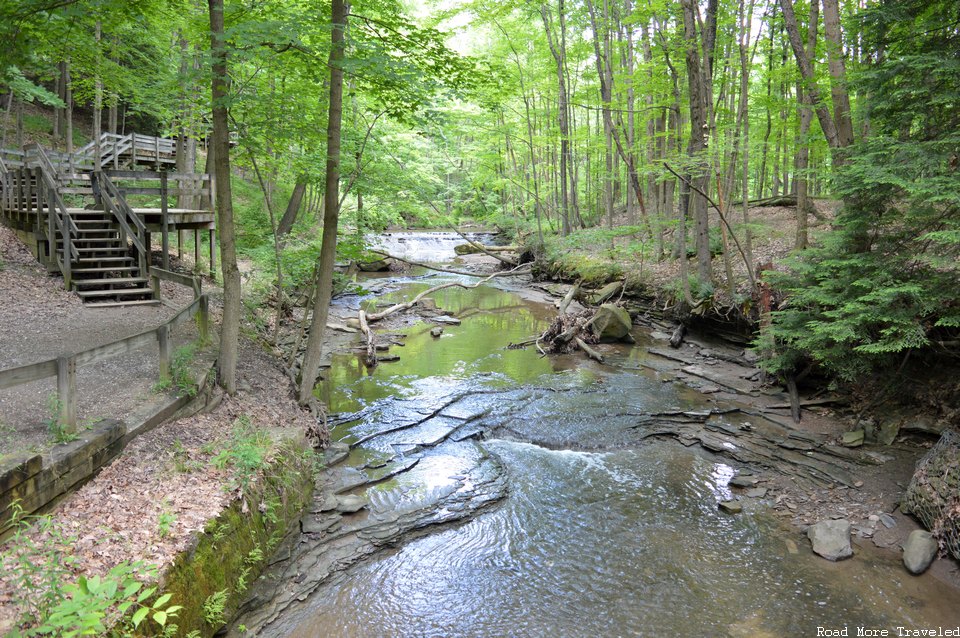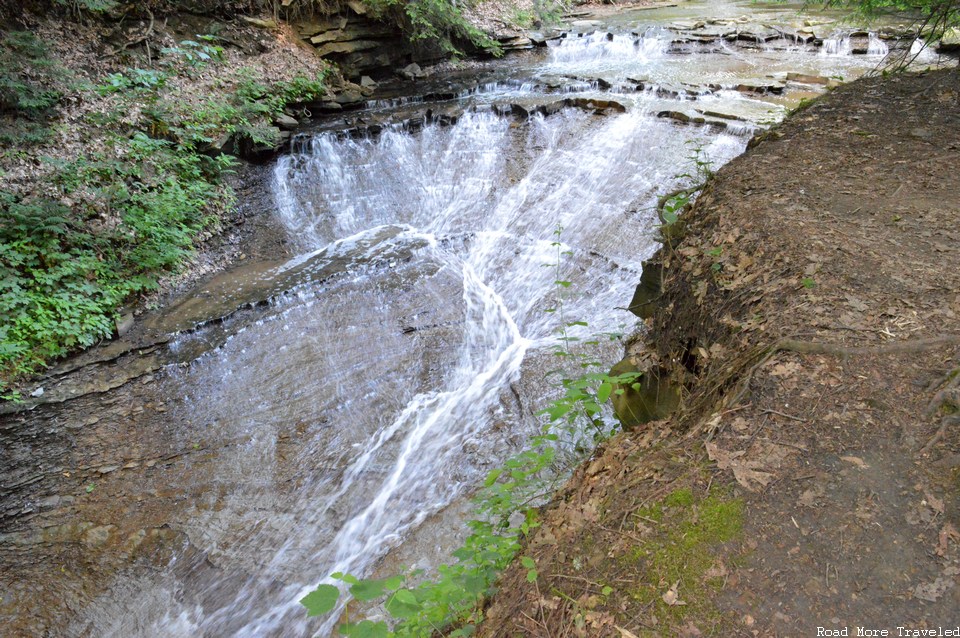We made our final stop on our cross-country road trip in northeastern Ohio. There, we spent an afternoon exploring Cuyahoga Valley National Park. Situated within the suburbs of Akron and Cleveland, you’d never expect to find a National Park here. But this park truly is a hidden gem right on the doorstep of a major city.
Note: this post is part of my trip report series about our summer road trip to New York. Click here for the introductory post and trip report index.
Cuyahoga Valley National Park – Location and Access
As mentioned up top, the park stretches from the northern suburbs of Akron to the southern suburbs of Cleveland. The 33,000 acre park roughly encompasses the Cuyahoga River valley between the two cities.
Thanks to its location, visitors can easily access the park via Interstates 77, 271, or 480. While there is no “official” park road, you can roughly traverse the entire park by following Riverview Road from Fairview, then switching to Canal Road outside Independence. Riverview Road itself provides quite the scenic ride as it more or less follows the Cuyahoga River. Certainly a nice break from the busy city surrounding it!
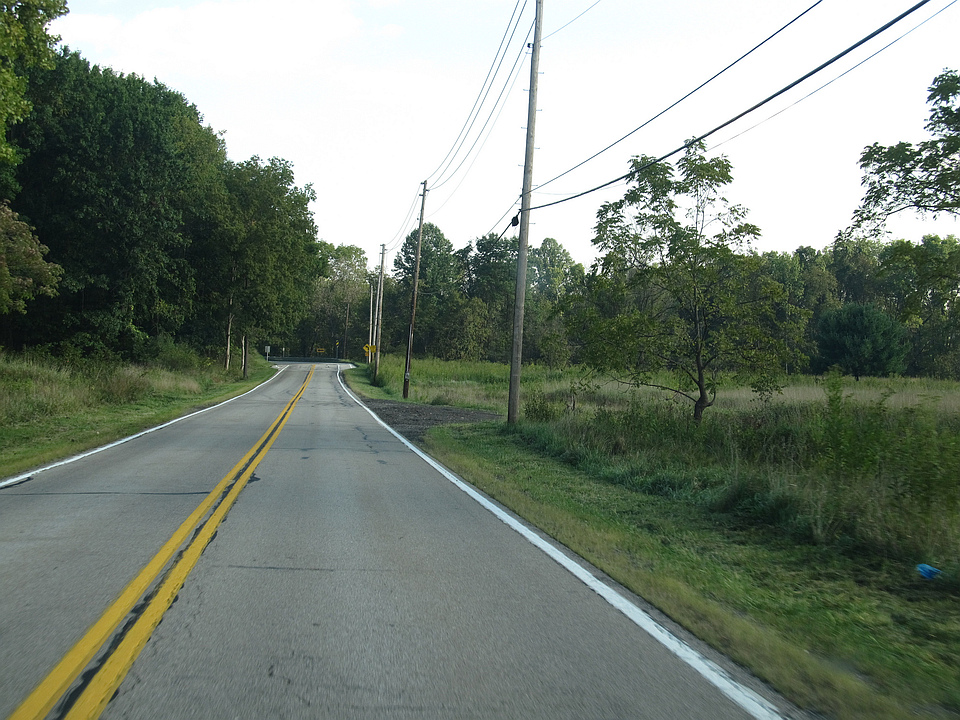
The park service does not charge an entrance fee to access the park. Note: maps and signs may alternatively refer to areas as part of the National Park, or the local parks system. For example, Bridal Veil Falls is in the Bedford Reservation, operated by Cleveland Metroparks. An Instagram reader told me that although the entire area falls within the National Park, local systems administer certain areas.
We only had a half day in the park, so we picked only a couple of things to see. However, the park features a wide variety of attractions, depending on how much time you have.
Historic Structures and Covered Bridges
We first visited one of the park’s favorite attractions, the Everett Road Covered Bridge. Many associate covered bridges with Vermont or New Hampshire. But did you know that Ohio led the nation in covered bridge construction? At one time, Ohio had more than 2,000 operational covered bridges. Everett Road Covered Bridge is the last one remaining in Summit County. Nobody knows exactly when the bridge was first built; most estimates date it to the 1870s. The current bridge actually isn’t the original, either. A violent flood destroyed the original bridge in 1975. The National Park Service rebuilt the current replica you see in 1986, making it as historically accurate as possible.
Only pedestrians and bikes may cross the bridge today. Needless to say, the iconic bridge is one of the park’s most popular photo stops.
The park also houses several restored 19th-century farmhouses, like this one at Boston Mills.
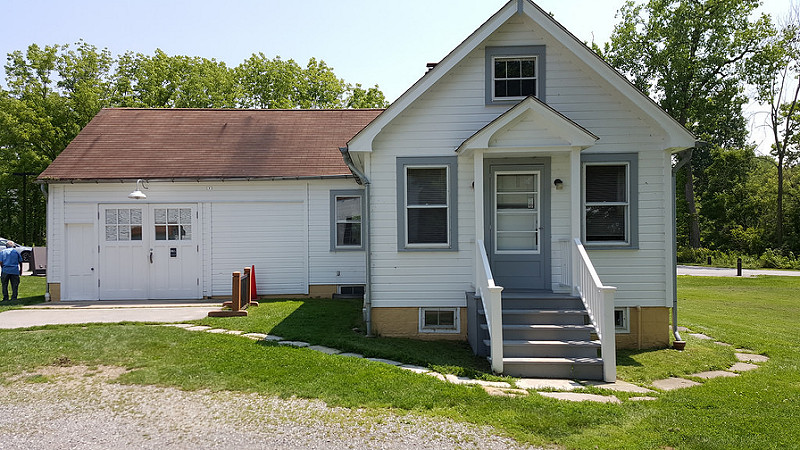
Hike or Bike the “Towpath”
One of the park’s most popular attractions is the “Towpath Trail“, a mixed use trail running north-south the length of the park. The trail follows the historic route of the Ohio & Erie Canal, a contemporary to the Erie Canal farther east. Before the canal, Ohio was largely unpopulated wilderness on young America’s western frontier. Farmers flocked to the Cuyahoga Valley to settle, but difficulties bringing produce to market made profits difficult. Enter the Erie & Ohio Canal, constructed between 1825 and 1832. Connecting Cleveland with the Ohio River 300 miles to the south, the canal brought immediate prosperity to Ohio. Merchants could now ship goods to the East Coast via Cleveland, Buffalo, and the Erie Canal easily. What once took a month now took just 10 days, ending reliance on European imports. The resulting boom made Ohio the nation’s third most populous state by 1850.
The canal became largely unusable after the Flood of 1913. Today, all that remains of the canal through the park is the trail. The trail passes several remnants of the canal along the way. Mostly, though, users can enjoy what the area and the river must have looked like before the canal-related boom.
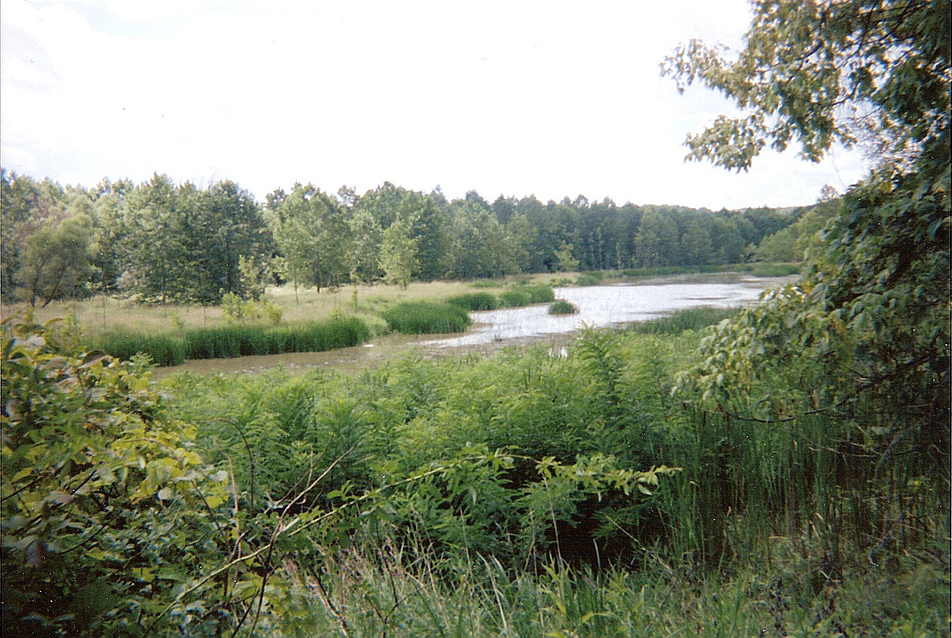
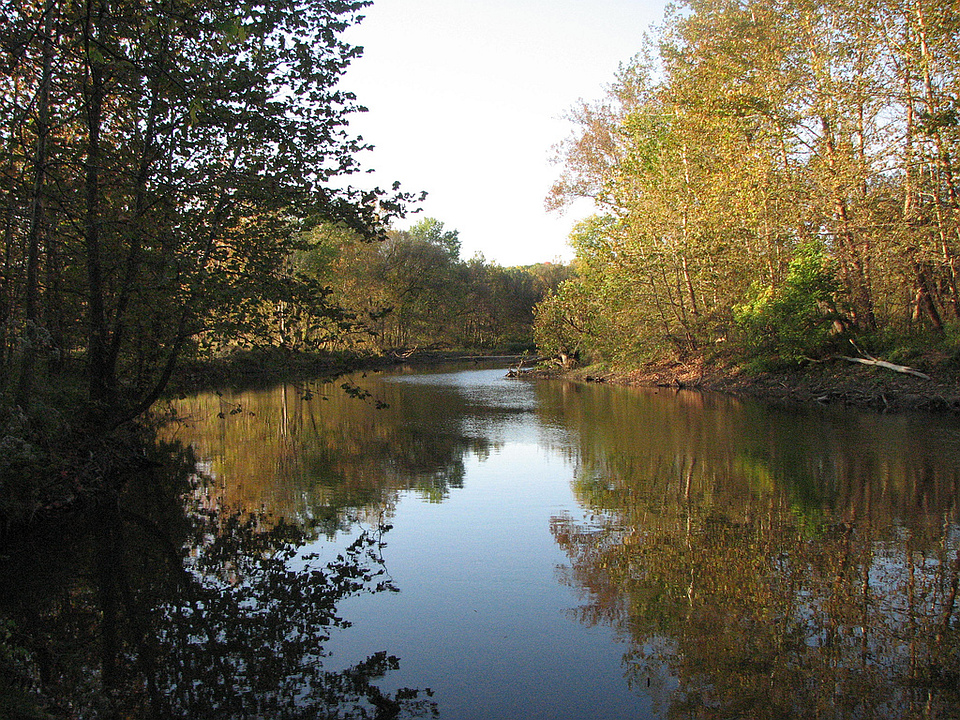
Chase Waterfalls
Cuyahoga Valley National Park has some spectacular waterfalls, and we visited two. The first, Brandywine Falls, is the park’s tallest, plunging 65 feet into Brandywine Creek. A short boardwalk leads from the parking area to three viewpoints for the falls. It’s an easy walk to the first viewpoint, which provides a good though slightly obstructed view of the falls.
Reaching the next two overlooks requires descending quite a few steps. Keep that in mind if you have a stroller. While it’s not so bad going down, trying to carry a stroller and kid back up is a different story. Especially in the heat. Anyway, the middle viewpoint provides a good view of the falls’ second drop. This is the best spot for those “flowing water” photographs thanks to the lighting.
If your child likes water, they’ll enjoy this overlook.
Meanwhile, the last viewpoint provides the best, close-up view of the falls.
Of course, by this point, Ashok found amusement in some rocks on the boardwalk, and couldn’t be bothered with the actual falls…
According to the NPS, the parking lot for the falls frequently fills up between 10 am and 2 pm. We visited around 4:30 and had no issues, either with parking or crowds on the trails.
The second falls we visited was Bridal Veil Falls, on the far northeastern edge of the park. As mentioned earlier, the falls lie within the Bedford Reservation, operated by Cleveland Metroparks. Bridal Veil Falls takes a little more work to get to. Though a short walk from the road, reaching the falls requires going down 5 flights of steps. While not overly tough, consider leaving the stroller in the car so you don’t have to carry it. Once you reach the creek, you’ll enjoy a quiet, secluded path through the forest.
The falls themselves are much smaller than Brandywine, but still quite picturesque.
Bridal Veil receives considerably less traffic than Brandywine. So if Brandywine is too crowded for your tastes, this one makes a good consolation prize. The falls also make an ideal “last stop” for the day when exploring the park. From here, you are just 3 miles from I-271/I-480, so you can quickly get back to your hotel or the road.
Ride the Cuyahoga Valley Scenic Railroad
I wish we had time to do this, but this would have required a second day. The Cuyahoga Valley Scenic Railroad offers tours on a route roughly following the Cuyahoga River. Trains service three stations: Rockside Station at the north end of the park, Peninsula Station in the center, and Northside station at the park’s south end in Akron. The round trip takes 3 1/2 hours, though you can get on and off at any station. Many visitors take advantage of this to bike or hike part of the Towpath, then take the train back. (During summer, bikers may board at 6 other stations within the park.) I believe tickets start at $15.
While I bet the trip is really cool, the historic locomotives also make great photo ops along the Towpath.
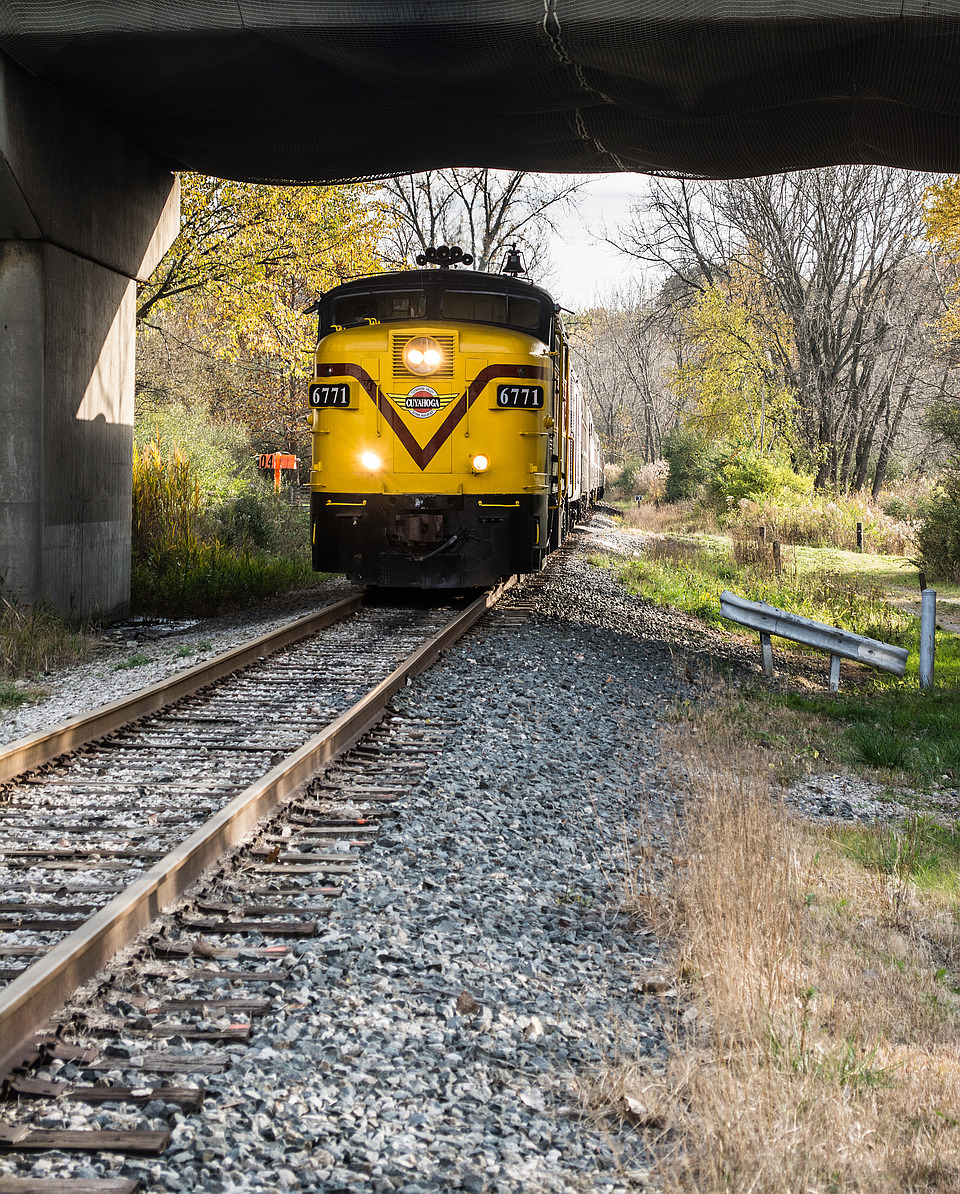
Final Thoughts
If you’re visiting the Cleveland or Akron areas, add Cuyahoga Valley National Park to your list. Admittedly, it’s a bit weird to instantly jump from big city suburb to a full-fledged National Park. But it’s a great break from the city, or a quick stop to break up a long road trip across Ohio.


